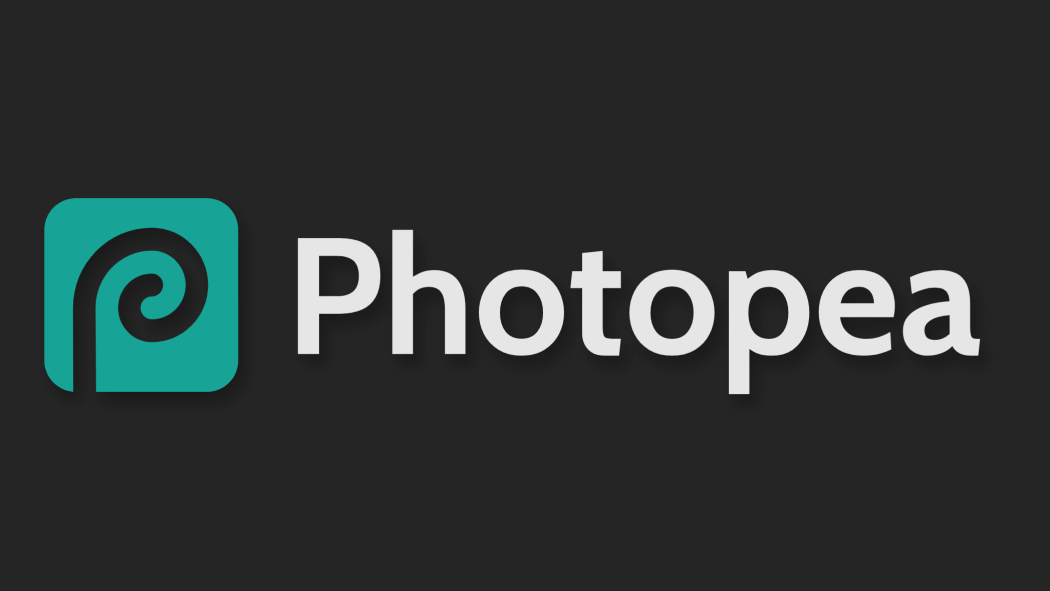Visual representation holds immense value in academic research, offering a means to simplify intricate concepts into digestible forms. Yet, crafting impactful visuals can be intimidating, particularly without extensive graphic design expertise. Enter Photopea, a platform adept at bridging this gap. In this blog, we delve into Photopea’s significance in research endeavors, offering insights on leveraging its robust features to elevate your research visuals effortlessly.
What is Photopea?
Photopea is an online image editing tool reminiscent of Adobe Photoshop, offers a convenient solution for users across various devices, thanks to its web-based platform. Boasting a robust set of features including layers, history, brush tools, smart objects, and text tools, it provides a comprehensive editing experience akin to high-end software. Moreover, its compatibility with a multitude of file formats like .PSD, .AI, .XCF, .Sketch, and .XD facilitates seamless integration into existing design workflows. What sets Photopea apart is its blend of professional-grade capabilities and intuitive interface, all available for free, making it an attractive option for students and researchers seeking quality editing without breaking the bank.
Why Choose Photopea?
- Accessibility: One of the most significant advantages of Photopea is its accessibility. Unlike traditional photo editing software that often requires hefty installations and pricey subscriptions, Photopea can be accessed directly from your web browser. Whether you’re on a desktop computer, laptop, or even a tablet, all you need is an internet connection to dive into your creative projects.
- Feature-Rich: Despite being a web-based application, Photopea doesn’t skimp on features. From basic image adjustments like cropping and resizing to more advanced techniques such as layers, masks, and filters, Photopea has everything you need to bring your vision to life.
- Compatibility: Another standout feature of Photopea is its compatibility with various file formats. Whether you’re working with JPEGs, PNGs, PSDs, or even SVGs, Photopea has you covered. This versatility makes it a valuable tool for professionals and hobbyists alike.
- Community and Tutorials: Photopea boasts a vibrant community of users who actively share tips, tricks, and tutorials. Whether you’re a novice looking to learn the ropes or an experienced editor seeking inspiration, the Photopea community provides a wealth of resources to help you hone your skills and expand your creative horizons.
My Verdict
Though Photopea, akin to other visualization tools, has its limitations, it offers a plethora of features adequate for most academic visualization needs. With access to templates and plugins that streamline the design process and enhance output quality, Photopea presents itself as a valuable resource. While there may be a learning curve and certain premium features may be absent, the final results justify the investment. I strongly advise academics seeking a cost-effective means to produce polished visuals to explore Photopea’s capabilities.

